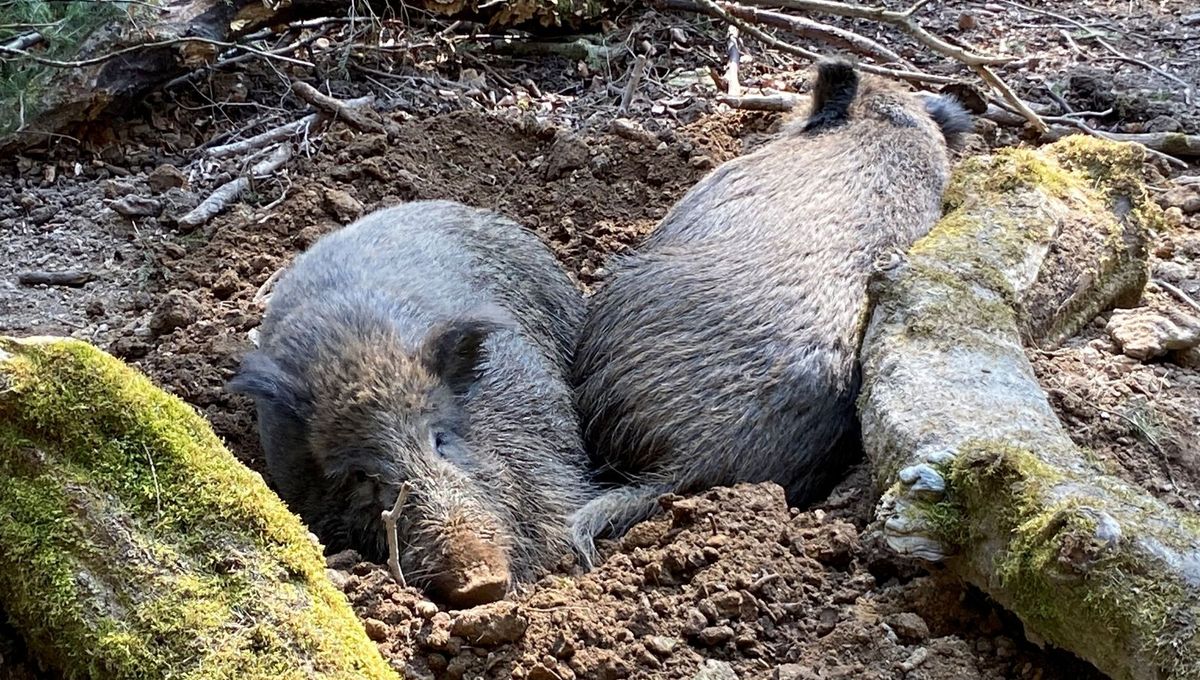
Chernobyl’s wild boars have been the subject of a long-standing scientific mystery. While the radioactivity of deer in the region has predictably decreased over the decades, the wild boar remained surprisingly radioactive.
It turns out that these Ukrainian hogs aren’t only being irradiated from the infamous disaster of 1986, but also the atomic bomb testing from the 1960s.
The radioactive riddle was solved in 2023 by a team of scientists at the University of Vienna and Leibniz University Hannover, who managed to track the origin of the radioactivity using cutting-edge measurements.
The Chernobyl disaster of 1986 spewed out significant amounts of cesium-137, a radioactive isotope with a half-life of just over 30 years. Since over three decades have passed since the incident, you’d expect levels of the isotope to have dropped by at least 50 percent.
However, this decline isn’t seen in the wild boar meat; the radiation levels have remained almost constant over the past 30 years.
By using more precise measurements, the team were able to see that another, similar isotope was at play: cesium-135, which has a much longer half-life. This had previously not been appreciated as the isotope is very hard to measure.
“Since it has such a long half-life and rarely decays, you can’t just detect it with radiation detectors. You have to work with mass spectrometric methods and go to relatively great lengths to distinguish it precisely from other atoms,” Professor Georg Steinhauser, a radiation expert who moved from Leibniz University Hannover to the University of Vienna in 2022, said in a statement.
“We have now succeeded in doing that,” he added.
It became apparent that the wild boars of Chernobyl were still riddled with cesium-135, hence why their meat was still producing high levels of radioactivity. However, this begs the question of why the boars are affected, but the deer or other wildlife are seemingly not.
It most likely has something to do with the boars’ diet of deer truffles, a fungus that’s found 20 to 40 centimeters (8 to 16 inches) beneath the ground. Cesium trickles down into the soil very slowly, so the underground truffles are only now absorbing the cesium that was released in the Chernobyl incident. Simultaneously, the deer truffles are still loaded with cesium isotopes from nuclear weapons tests during the Cold War.
Due to this double dose of slow-release radiation, the levels of contamination seen in the boars have remained relatively constant for decades, while the other wildlife of Chernobyl has managed to recover – and even thrive.
“If you add up all these effects, it can be explained why the radioactivity of deer truffles – and subsequently of pigs – remains relatively constant over the years,” explained Steinhauser.
“Our work shows how complicated the interrelationships in natural ecosystems can be, but also precisely that the answers to such riddles can be found if your measurements are sufficiently accurate,” he added.
The study was published last year in the journal Environmental Science & Technology.
Source Link: Chernobyl's "Wild Boar Paradox" Has Finally Been Cracked